
 16
16






Invasive plants are Earth's way of insisting we notice her medicines. Stephen Herrod Buhner
Everyone learns what works by learning what doesn't work. Stephen Herrod Buhner
 4
4




Living a life that requires no vacation.
 2
2




 3
3




 4
4




Lucrecia Anderson wrote:Just bought my first pressure canner and haven't used it yet. Want to can some chicken and pork (store bought canned chicken is just plain gross).
How long does it realistically store? I will likely just braise the meat in a pan and can it with water so the dogs could eat it in a pinch, heck for them I may just raw pack it. I just don't know how long it would last (it is primarily for emergencies).
A build too cool to miss:Mike's GreenhouseA great example:Joseph's Garden
All the soil info you'll ever need:
Redhawk's excellent soil-building series





 1
1




Anne Miller wrote:
It might not sound massively appealing, but a can of cooked chicken is a versatile ingredient that is packed with protein and incredibly low in fat for a relatively low calorie count. Chicken is high in selenium as well as cancer-preventing B-vitamin niacin. It also contains B6, which is important for energy metabolism.
 2
2




Just bought my first pressure canner and haven't used it yet. Want to can some chicken and pork (store bought canned chicken is just plain gross). How long does it realistically store?
Argue for your limitations and they are yours forever.
 3
3




The wishbone never could replace the backbone.
 8
8







Invasive plants are Earth's way of insisting we notice her medicines. Stephen Herrod Buhner
Everyone learns what works by learning what doesn't work. Stephen Herrod Buhner




Anne Miller wrote:Thanks for the replies everyone.
Once you start doing food storage, you will find a need for places to store your can goods. I have stored them in various places such as under the bed, on a shelf in the back of a closet, and currently I have shelves with sliding doors in my office similar to this:





Living a life that requires no vacation.
 2
2




Argue for your limitations and they are yours forever.
 1
1




Stacy Witscher wrote:Anne - do you store home canned food in a system like the first one? It seems like that would be better for tin cans rather than canning jars.
One of the things I try to keep in mind when storing food for long time storage is that light is not your friend. While it won't cause the food to go bad, nutrients and flavor will be lost.
If you are limited on space, unconventional places can be useful. I'm currently storing winter squash on a trundle bed frame under my bed.
.jpg)
Invasive plants are Earth's way of insisting we notice her medicines. Stephen Herrod Buhner
Everyone learns what works by learning what doesn't work. Stephen Herrod Buhner
 5
5




Mike Barkley wrote:Not about how to but WHY to ... some crops are difficult to grow & some years they just do better than others. I grew up eating fig preserves. Had my own very productive tree in TX but have been unsuccessful in keeping one alive through winter in TN. Recently found a couple jars from TX & it was like winning the lottery. Cherokee Purple tomatos are my favorite tomato but they are problematic because they are susceptible to blossom end rot, splitting, & bugs. In a good season I can as many as possible just to have some for the bad years.
Invasive plants are Earth's way of insisting we notice her medicines. Stephen Herrod Buhner
Everyone learns what works by learning what doesn't work. Stephen Herrod Buhner
 3
3




The wishbone never could replace the backbone.
 3
3




Anne Miller wrote:I have been doing food storage for many years. This is a page out of the notebook I made that I keep in a handy place. This is a guide to which canned goods are best to have in your food storage closet. You will be ahead of the game if you have the opportunity to can these yourself. And this includes a recipe or suggestions on how to use the items. September was National Preparedness Month. Store foods that are a part of your normal diet in your three-month supply. As you develop a longer-term storage, focus on food staples such as wheat, cornmeal, rice, pasta, dry beans and sugar.
 1
1




F Agricola wrote: When I see preserving done in the USA they typically have cellars to store stuff, in a semi-stable temperature.
Historically we don’t have cellars in Australia; well, not many anyway because there’s no need in most circumstances to have a furnace/boiler for house heating. We mostly have the opposite issue of keeping the house cool and lowering the humidity.
I’d like to do fruit, vegetable and meat preserving like you do but the heat and humidity issues may make it difficult unless I make a purpose built ‘cool room’.
The question is: notwithstanding the need to limit light, is a low stable temperature needed for long term storage of home preserved (tinned and jarred) foodstuffs?
 2
2




F Agricola wrote:
I’d like to do fruit, vegetable and meat preserving like you do but the heat and humidity issues may make it difficult unless I make a purpose built ‘cool room’.
The question is: notwithstanding the need to limit light, is a low stable temperature needed for long term storage of home preserved (tinned and jarred) foodstuffs?
 2
2




Sometimes the answer is nothing

 1
1




wayne fajkus wrote: Other than the backstrap, the deer will be canned chili. Hopefully a years worth.
Invasive plants are Earth's way of insisting we notice her medicines. Stephen Herrod Buhner
Everyone learns what works by learning what doesn't work. Stephen Herrod Buhner
 4
4




 1
1




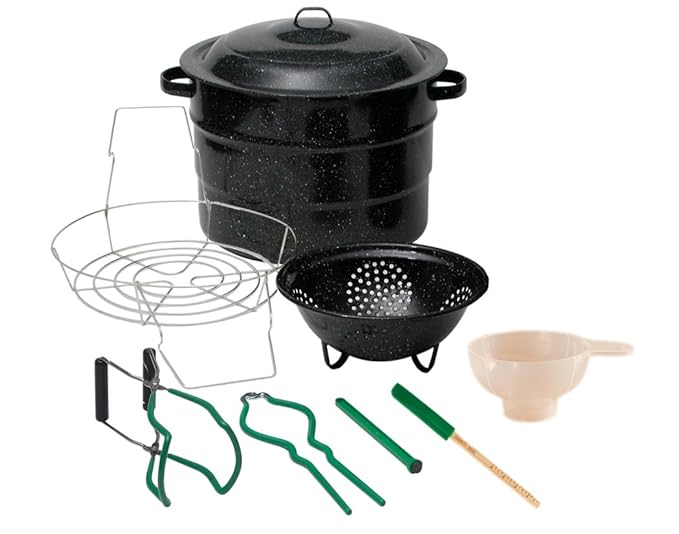
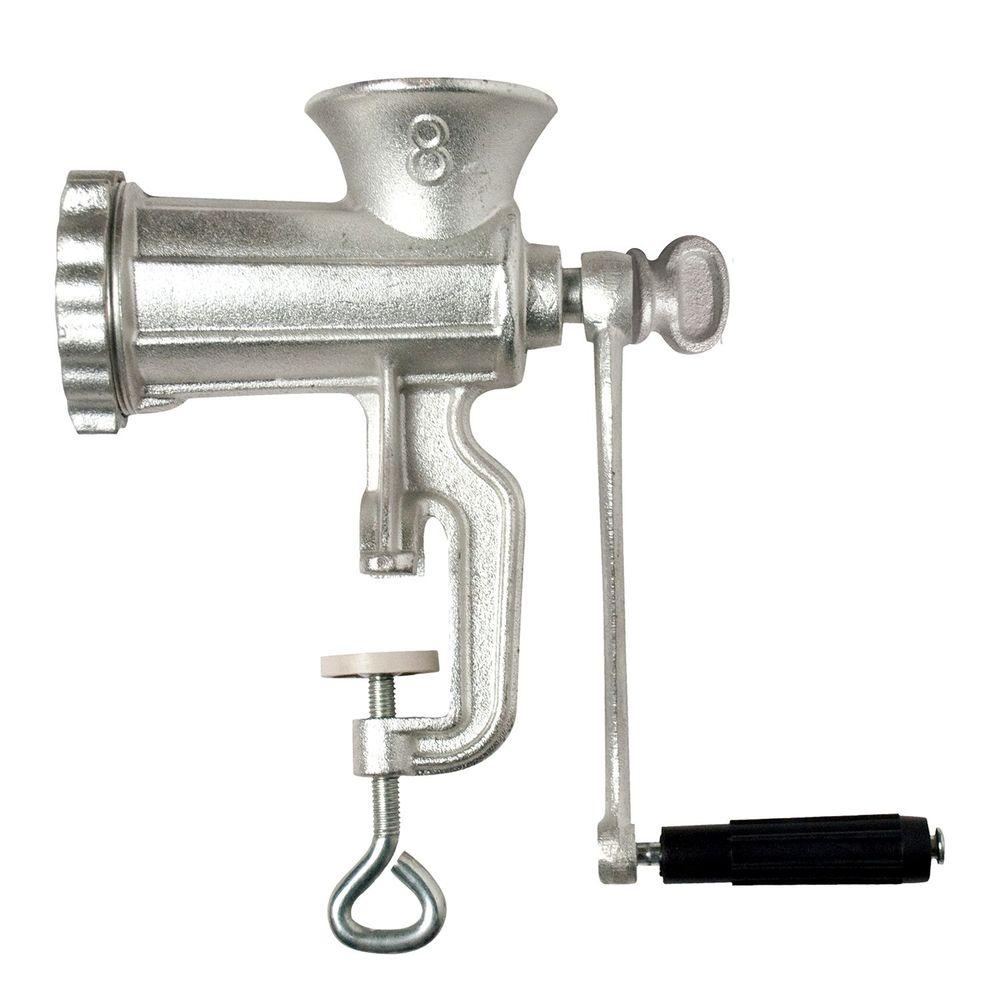

Invasive plants are Earth's way of insisting we notice her medicines. Stephen Herrod Buhner
Everyone learns what works by learning what doesn't work. Stephen Herrod Buhner
 2
2




Iterations are fine, we don't have to be perfect
My 2nd Location:Florida HardinessZone:10 AHS:10 GDD:8500 Rainfall:2in/mth winter, 8in/mth summer, Soil:Sand pH8 Flat
 7
7




Anne Miller wrote:
If you are asking WHY do food storage ... that could be a large topic.
 4
4




Argue for your limitations and they are yours forever.




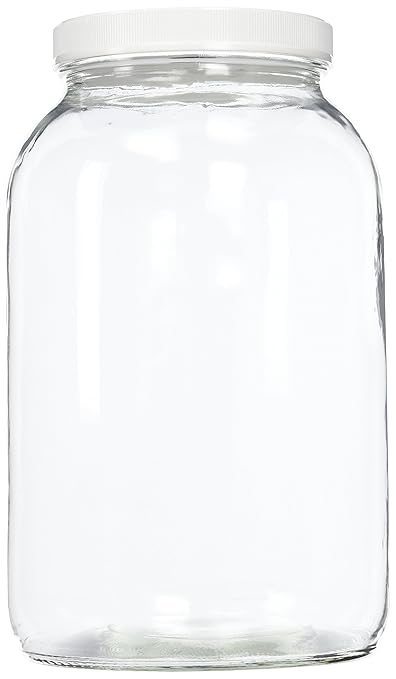
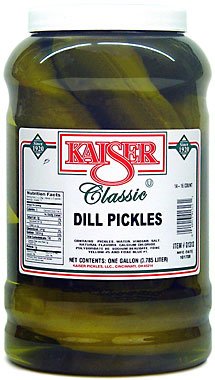
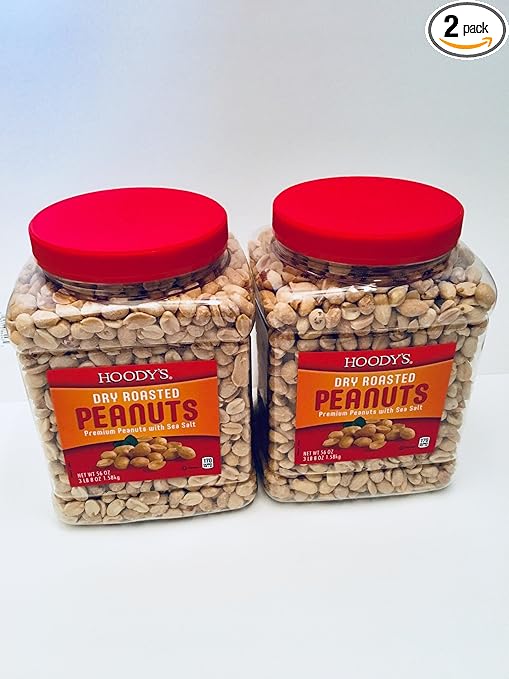
Invasive plants are Earth's way of insisting we notice her medicines. Stephen Herrod Buhner
Everyone learns what works by learning what doesn't work. Stephen Herrod Buhner
 2
2




Anne Miller wrote:
Many people buy 50 lb. bags of these and a flour grinder to make flour from wheat. I have never done this so I can offer no advice on this.
 2
2




Many people buy 50 lb. bags of these and a flour grinder to make flour from wheat. I have never done this so I can offer no advice on this.
Argue for your limitations and they are yours forever.




Mike Barkley wrote:
My advice is read the label carefully when buying grains in bulk. Once bought 50 lbs of crushed oats thinking it was oatmeal. The hulls were cracked but it wasn't oatmeal.
 3
3




Bless your Family,
Mike

 4
4




"Never doubt that a small group of thoughtful, committed citizens can change the world; indeed, it's the only thing that ever has."-Margaret Mead "The only thing worse than being blind, is having sight but no vision."-Helen Keller
 2
2




The wishbone never could replace the backbone.










 1
1




Glad to be inspiring. There are three of us to get this stuff done, so it makes things a little easier. I forgot to mention that we also have a 3-gallon crock of sauerkraut that is just getting going. Looking forward to getting into that, sometime later in the month.Roberto, your post was very inspiring. What a great food stash!
"Never doubt that a small group of thoughtful, committed citizens can change the world; indeed, it's the only thing that ever has."-Margaret Mead "The only thing worse than being blind, is having sight but no vision."-Helen Keller
 4
4




Roberto pokachinni wrote:
Then there is the freezer. I know it's not the pantry, but it's full of long-term food. And if we don't have a long-term power outage it's got a lot of potential. rapsberries, huckleberries, tomatoes, basil, chopped apples, frozen apple juice, beets, cabbage, kale, chard, peas, beans, pumpkin, squash, whole apple pies, chicken, fish (salmon and trout), and beef.










 2
2




Yep. It should be noted that most people around here have their freezer's outside, or in the porch that is exposed to cold temperatures. Most of our power outages happen in the winter (caused by ice build-up or a tree falling on the powerlines) when freezing temperatures can be used to keep the food frozen. Many people here turn off their freezer for at least 4 months.If you have a canner that can work over a gas flame you can always can the most vital (i.e. fish/meat) freezer foods in the event of a lengthy outage. If the outage goes on for several days and the freezer is in danger of defrosting you will probably be a bit bored anyway so might as well.
"Never doubt that a small group of thoughtful, committed citizens can change the world; indeed, it's the only thing that ever has."-Margaret Mead "The only thing worse than being blind, is having sight but no vision."-Helen Keller




 2
2




Living a life that requires no vacation.
 3
3




Invasive plants are Earth's way of insisting we notice her medicines. Stephen Herrod Buhner
Everyone learns what works by learning what doesn't work. Stephen Herrod Buhner




 3
3




Invasive plants are Earth's way of insisting we notice her medicines. Stephen Herrod Buhner
Everyone learns what works by learning what doesn't work. Stephen Herrod Buhner

|
Blueberry pie is best when it is firm and you can hold in your hand. Smell it. And smell this tiny ad:
The new permaculture playing cards kickstarter is now live!
https://www.kickstarter.com/projects/paulwheaton/garden-cards
|






